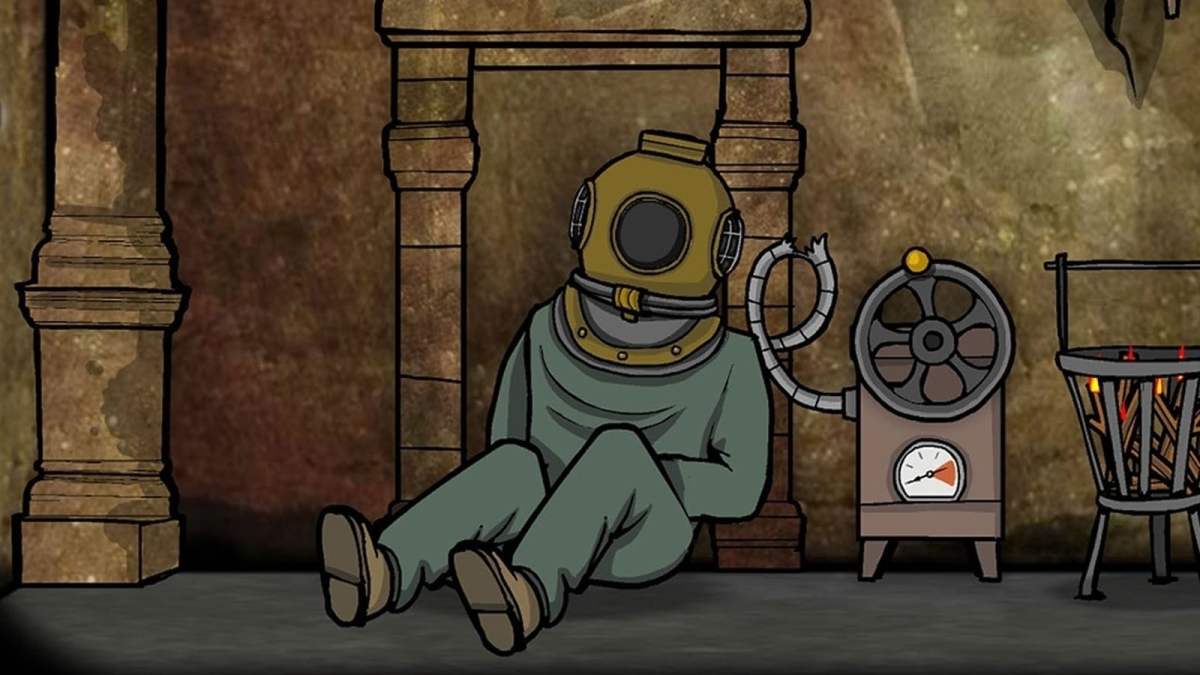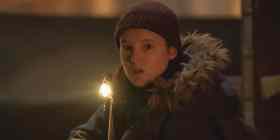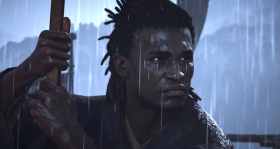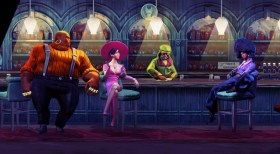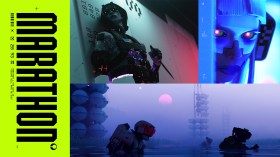Laura Vanderboom is dead. How she was killed is a mystery; the subject of an investigation by special agent Dale Vandermeer, who arrives in a strange town during the autumn of 1971, determined to solve her case. But everything is not as it seems. Laura lies dead, her blood trailing to a locked room. But the door to the room is gone. And what’s more – Dale is losing his mind. He calls a strange number, and a humanoid Crow answers, speaking in riddles. When he turns back to Laura, she’s hanging from the ceiling, and black moths fly out of her mouth.
They spell out a code. Then, the year changes.
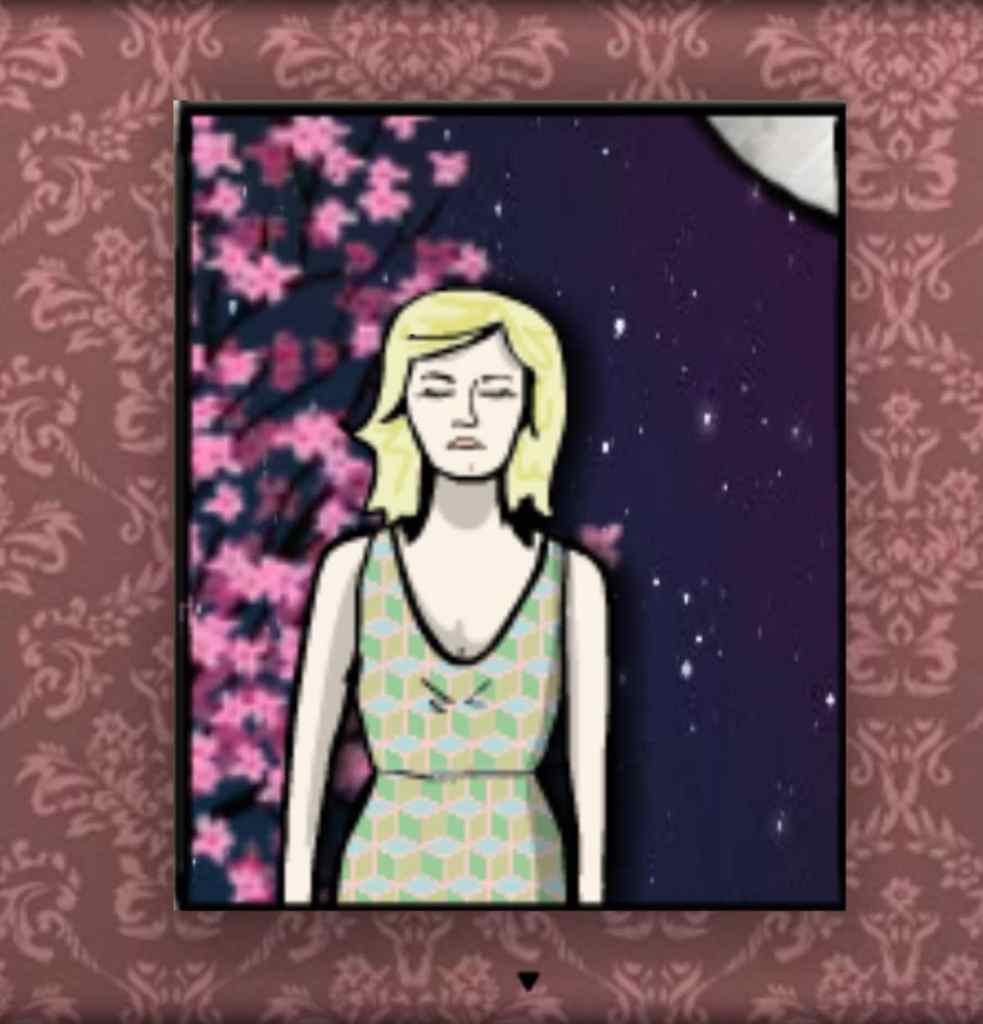
This is the world of Rusty Lake’s Cube Escape, a series of free mobile and PC point-and-click adventures that combine traditional puzzle-solving and escape room-style gameplay with a creepy, surreal world. But for all its callbacks to Twin Peaks – in Laura and Dale, and a murder seeped in the supernatural – the series manages well to escape David Lynch’s shadow, carving out its own unsettling lore in bite-sized chapters both memorable and haunting.
In recent years, Rusty Lake has branched out with this narrative, expanding the Cube Escape games with multiple prequels (Rusty Lake Hotel, Rusty Lake Roots, Rusty Lake Paradise) and a number of spin-off games – The White Door, The Past Within, and the upcoming Underground Blossom.
Yet the first ten Cube Escape games remain the perfect distillation of the studio’s storytelling prowess.
Read: Rusty Lake’s Underground Blossom launches in September
In tiny, foreboding chapters, each Cube Escape game advances the mysteries of Laura’s death, forcing players to reckon with odd and obtuse – but ultimately solvable – conundrums that spiral closer to making sense with every twist.
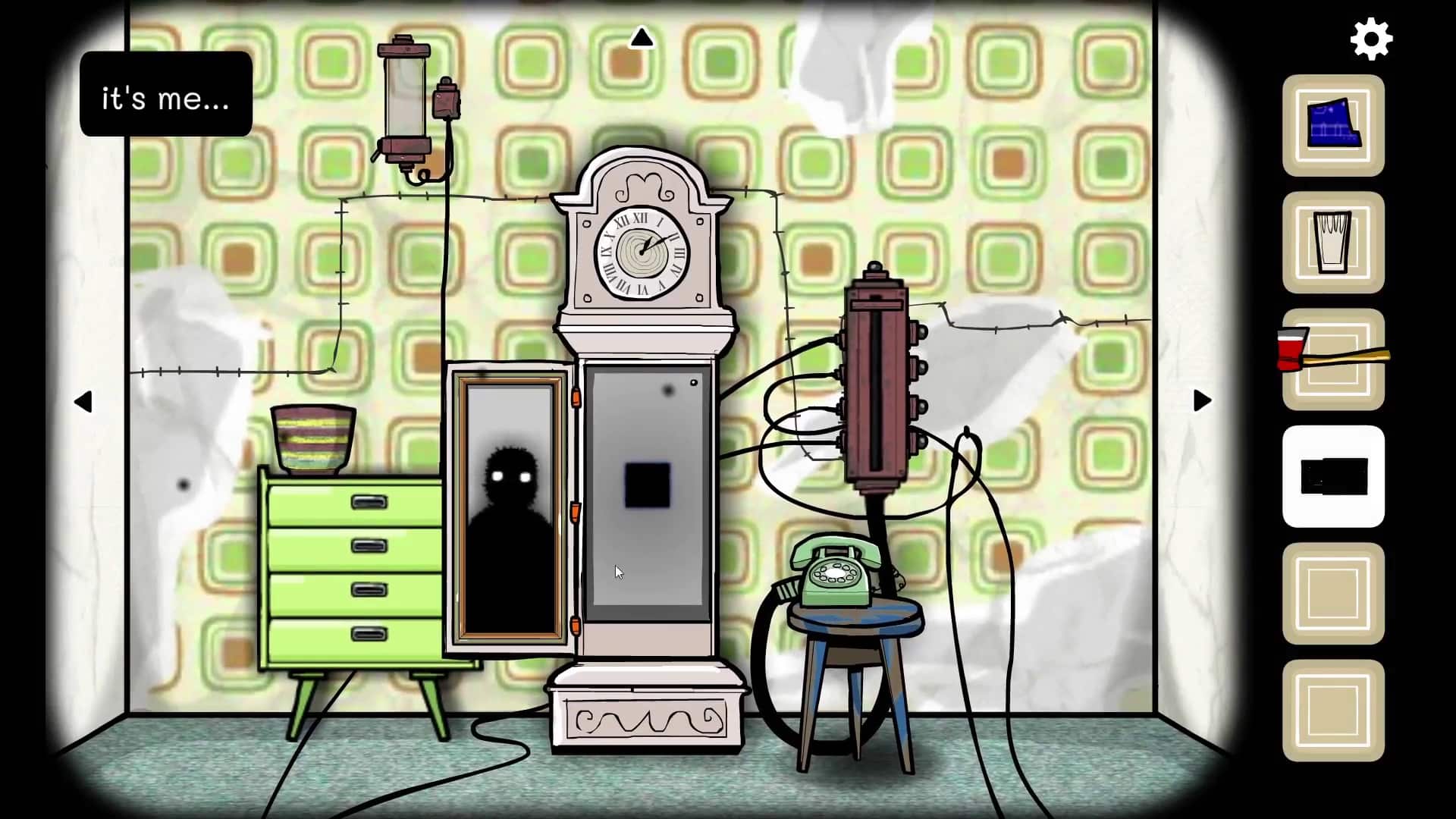
With each solved puzzle, the Cube Escape games threaten to pull the rug out, teasing dark forces on the edges of Laura and Dale’s universe, and revealing frightening figures in jump scares. Each escape room-like game is an exercise in tension, with even innocuous puzzles revealing frights – but not so often that the true horror at the heart of Cube Escape is dampened.
It’s in this balance that Rusty Lake demonstrates its talent. Horror is a difficult genre to parse, as every turn relies on audience investment. Jump scares must be wielded as effective tools – they can’t happen too often, or the audience expects them. You can’t repeat the same tricks twice.
In Cube Escape, the horror rarely feels familiar. It remains fascinating by virtue of how odd it is, and how it slowly leaks out between the game’s seemingly innocuous puzzles. You might explore a dainty room, covered in colourful wallpaper. But peel back the ceiling lamp, and you’ll discover an errant, unattached limb – an eyeball, a finger, an unrecognisable stump.
Elements of absurdism play into these quests, with many puzzles requiring bizarre objects to be found, or solutions to be completed. A boatman’s sewn mouth must be cut open to advance a late-game plot in Case 23, and inside, Dale finds the anthropomorphised Mr. Crow, who was called on the phone earlier in the game. A strange, corrupted soul watches on, its edges glitching as it tilts its head. This figure haunts many of the games, as a foreboding reminder of the horrors dancing on the edges of Dale’s world.
Through the game’s titular cubes, discovered by completing a variety of puzzles, Dale can travel between eras, experiencing new, bizarre sights as he works to unravel Laura’s murder, and how it intertwines with the rise of the overwhelming dark forces haunt him. In one cube, he relives the memories of his ninth birthday – and inadvertently stumbles on a memory corruption that suggests a giant Rabbit shot his family.
In another cube, he’s confronted by a strange puzzle of fish, wine, and human crows.
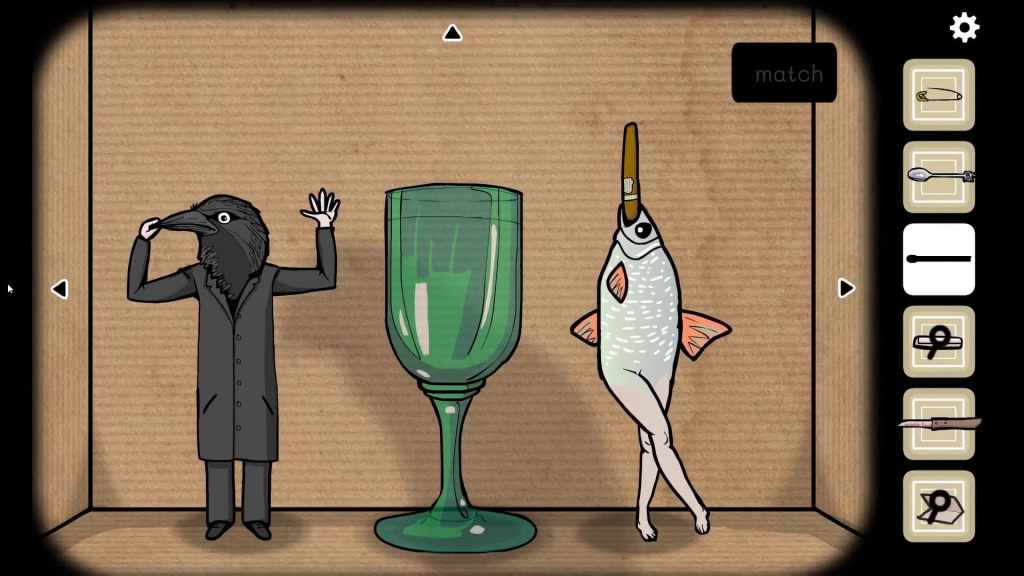
By the game’s third adventure, Dale’s memories begin to unravel, as the corrupting force that influenced Laura’s death begins to grow in power. It allows each escape room to warp and twist, providing even stranger puzzles, and deeper mysteries. They advance in complexity – requiring you to think more deeply about solutions, and occasionally become more obtuse with your answers.
Of course the fish should have a cigarette and human legs. Of course Dale should remove his brain, and put it in a nearby jar. And if you haven’t thought about digging through a pot plant to find disembodied fingers, then shame on you.
It’s in this throughline of horrific absurdity that Rusty Lake finds balance, winding its tale of conjoined souls and cosmological murder with deft precision. Puzzles, while head-scratching, feel achievable and intriguing. You want to solve them, and as you’re pulled along on Dale’s quest, and his path gets narrower, that desire strengthens with an odd curiosity.
Dismissively, Rusty Lake’s art style has been called basic. But it serves the story elements in beautiful, understated ways. Each game’s surreal and cartoonish imagery elevates darker horror aspects. A giant rabbit in Rusty Lake form is cute. Adorable, even. So when it commits a murder, the result is catastrophic. It forces a shudder. The art provides that needed sense of balance to marry horror, fascination, and curiosity in a way that remains gripping.
With every new chapter in the Rusty Lake anthology, the developer builds on its unique, occasionally traumatising world, building out new lore, expanding its edges, and adding characters on the periphery of Laura and Dale’s story in a way that transforms the story. It’s a breathing, always expanding world that these characters occupy – and it remains fascinating and haunting, even years after the Cube Escape series first began.
Whether you’ve played the series already, or you’re just looking to revisit the strange, unsettling journey, now is the perfect time to enjoy Cube Escape – in all its horrific, weird, and wonderful forms. The games are available to play on iOS, Android, and PC, with the first nine chapters being completely free.
Underground Blossom, the latest chapter in the world of Rusty Lake, launches on 27 September 2023.
